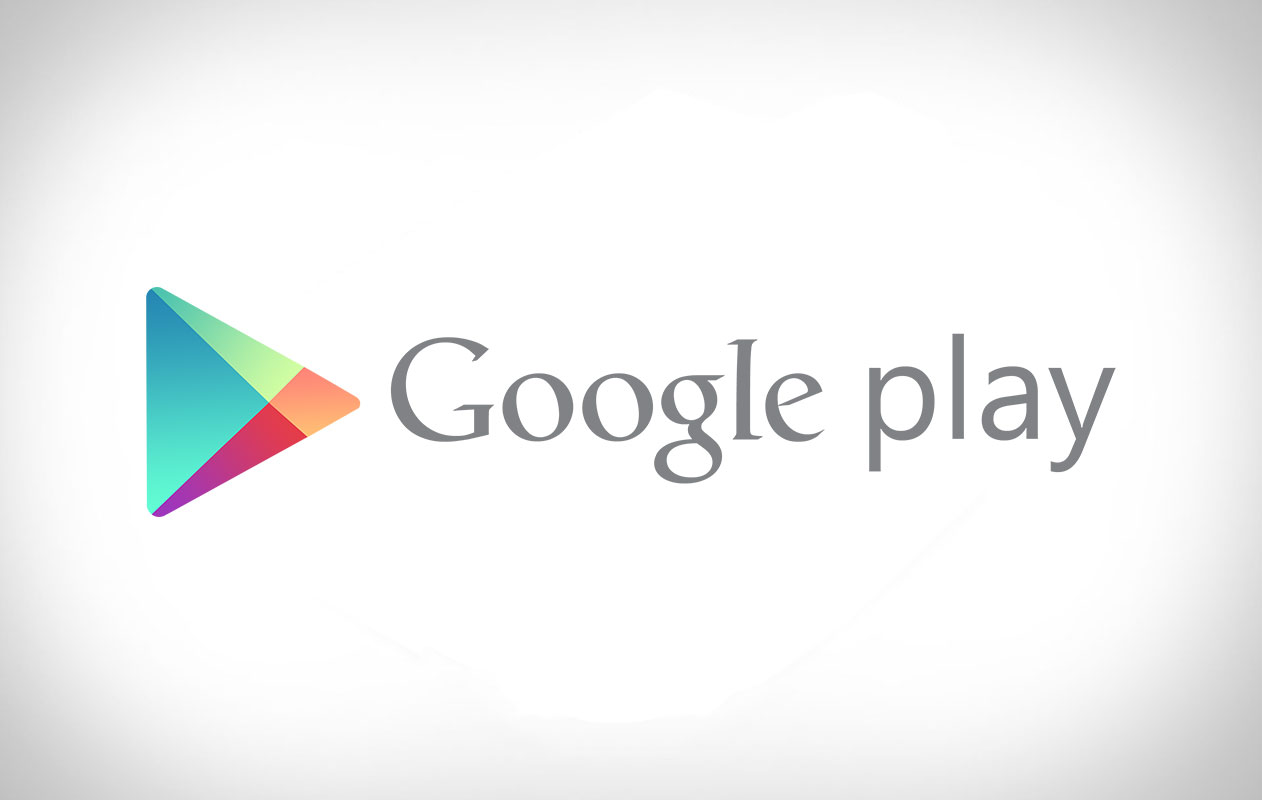


Samsung Pay, on the other hand, doesn't have the same kind of reach outside of Samsung's own stores.

You'll often find Google Pay as a checkout option on certain storefronts, and if you use Chrome, you'll see the prompt to auto-populate payment fields with your stored Google Pay cards. Where Google Pay has the edge is with online payments. You shouldn't be surprised that Samsung Wallet shares most of its features with Google Wallet - though it has some niche extras. So you can safely choose whichever you prefer and get most of the same tools, assuming you own a Samsung device that supports both. And on a similar note, most physical stores will either accept both Google Pay and Samsung Pay or neither. It sounds confusing, but basically, you should consider Pay as a feature of Wallet now, rather than its own app.įor the most part, both services should accept the same banks and credit card companies, so you can choose either. The most obvious shared trait is that both Google Wallet and Samsung Wallet let you store credit cards, debit cards, bank accounts, Paypal, and other financial info for NFC tap-to-pay in physical store locations that support Google Pay or Samsung Pay now. So to compare the two apps, it makes more sense to focus first on how they differ for payments rather than the new ancillary tools. Samsung Pay on the Galaxy Watch 4 (Image credit: Ara Wagoner / Android Central)Īs we'll discuss below, Google and Samsung largely added the same "wallet" features when rebranding Google Pay and Samsung Pay.


 0 kommentar(er)
0 kommentar(er)
